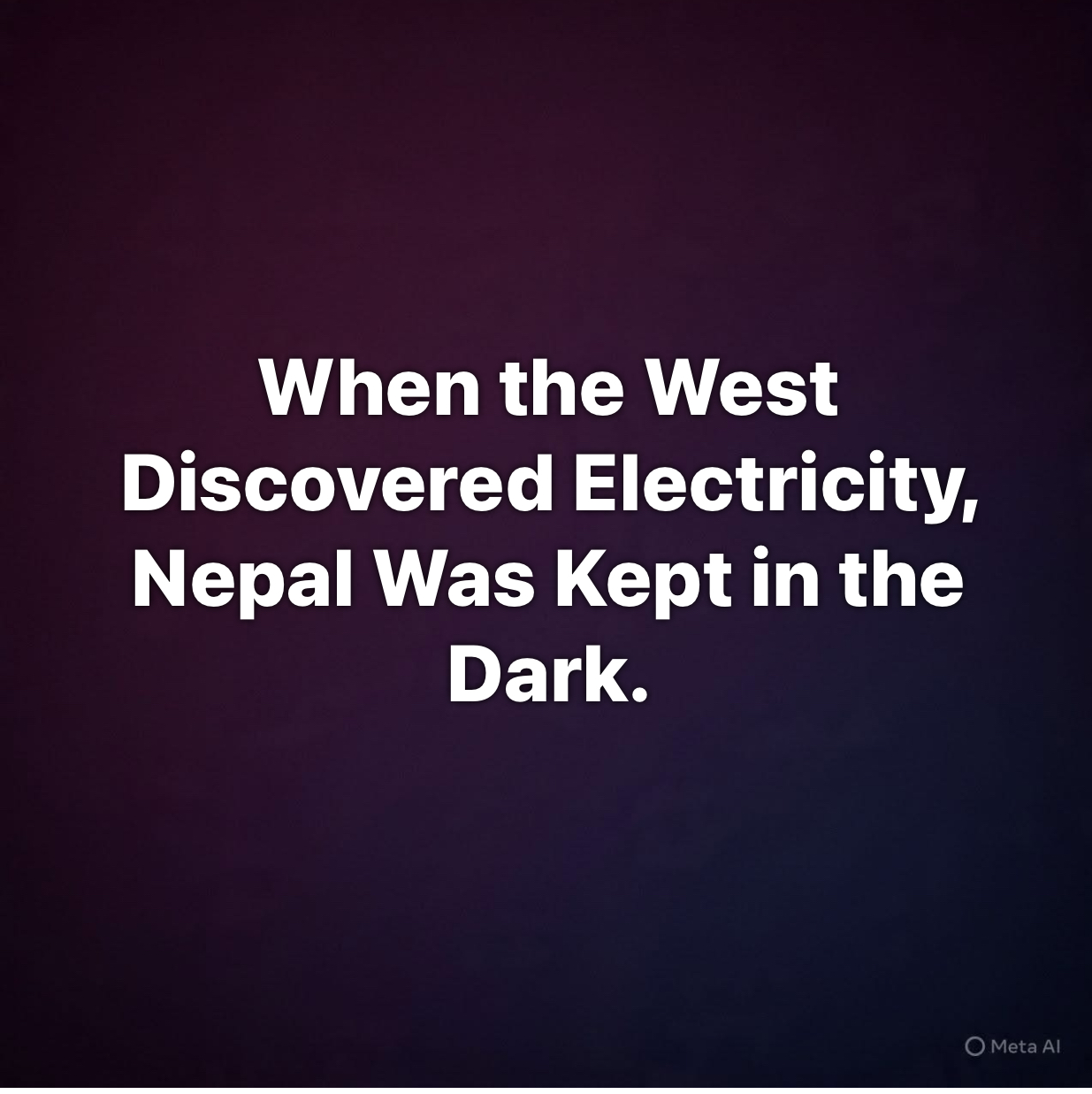A Tale of Two Worlds: Science, Power, and Isolation
In the mid-1700s, a man in Philadelphia flew a kite into a thunderstorm and changed the world. Benjamin Franklin’s daring experiment proved that lightning was a form of electricity — a revelation that captured the restless curiosity of an era known as the Age of Enlightenment. Across the Atlantic, a young apprentice named Michael Faraday would later transform that invisible spark into motion, discovering electromagnetic induction, the principle behind every modern electric motor and generator.
These were not mere flashes of genius. They were the products of a culture that celebrated inquiry, experimentation, and open debate. The West was in the throes of transformation — a period where science wasn’t just studied; it was lived. Universities and societies like the Royal Society of London buzzed with new ideas. Wealthy patrons funded research, believing that science could strengthen nations and enrich lives. Knowledge flowed freely through books, pamphlets, and lectures. Every discovery fed into industry, invention, and progress.
Meanwhile, in the mountain kingdom of Nepal, the scene could not have been more different. During the reign of Prithvi Narayan Shah (1723–1775) — the unifier of modern Nepal — and his successors, knowledge took an entirely different form. Learning was confined to Sanskrit texts, steeped in religious lore and mythological interpretation. The pursuit of knowledge was meant not to question the universe, but to reinforce faith and hierarchy.
In an age when the West was experimenting with electricity, Nepal’s intellectual energy was being carefully contained. Religious authorities and political rulers worked in tandem to preserve a traditional order that discouraged critical thinking. Education was a privilege of the few and a tool of obedience, not liberation. Scientific reasoning, curiosity, and innovation — the forces that propelled the Western world — found little fertile ground here.
This wasn’t simply a lack of awareness; it was a deliberate severing of Nepal from global currents of modern thought. While factories and laboratories were rising in London and Paris, Nepal’s rulers built temples and fortresses, their power sustained by rituals rather than reason. The mind of the nation was kept in the dark — both literally and metaphorically.
It wasn’t until 1911 — more than a century after Franklin’s kite and decades after Faraday’s discoveries — that Nepal saw its first spark of modern electricity. The Pharping Hydroelectric Plant, a modest 500 kW station near Kathmandu, was commissioned under the Rana regime. Yet its glow reached only a select few: the palaces of the Ranas and a handful of street lamps. The rest of the country remained in shadow. Electricity in Nepal, at least at first, illuminated power, not progress.
This contrast tells a larger story — about how societies rise or stagnate depending on how they treat knowledge. The West’s scientific revolution wasn’t just about technology; it was about a mindset that valued evidence over dogma, and curiosity over conformity. Nepal, bound by the twin chains of political control and religious orthodoxy, delayed its encounter with that mindset for generations.
Even today, the echoes of that divide remain. Where Franklin’s kite caught lightning, Nepal was still learning to strike a spark — a reminder that the greatest revolutions often begin not with machines, but with the freedom to ask why.
